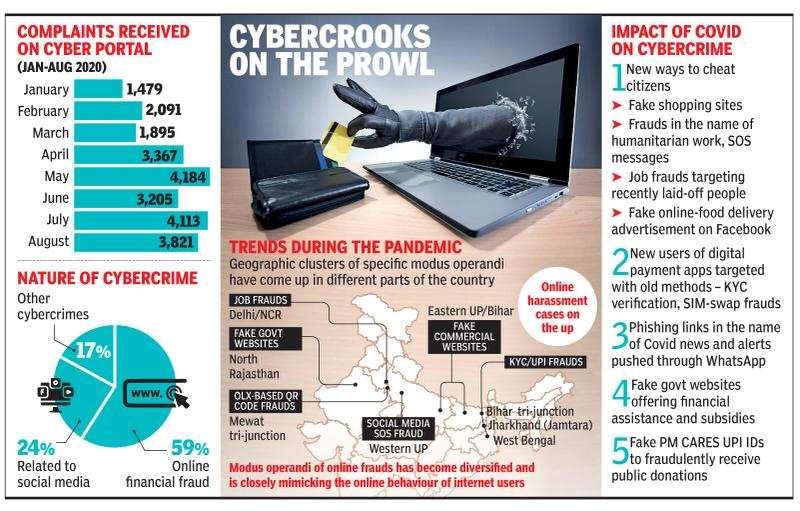Free Courses Sale ends Soon, Get It Now


Free Courses Sale ends Soon, Get It Now



Copyright infringement is not intended
Context: Amid a surge in cyberattacks on India’s networks, the Centre is yet to implement the National Cyber Security Strategy which has been in the works since 2020.
What is the National Cyber Security Strategy?
What steps does the report suggest?
Why does India need a cybersecurity strategy?
© 2024 iasgyan. All right reserved